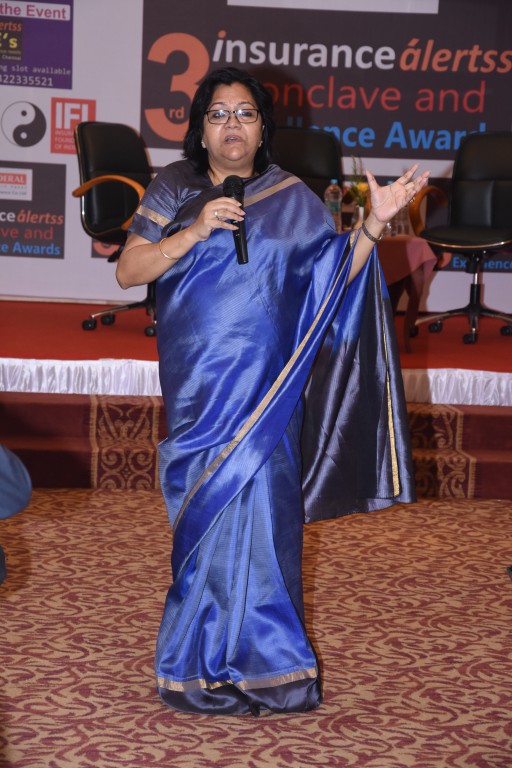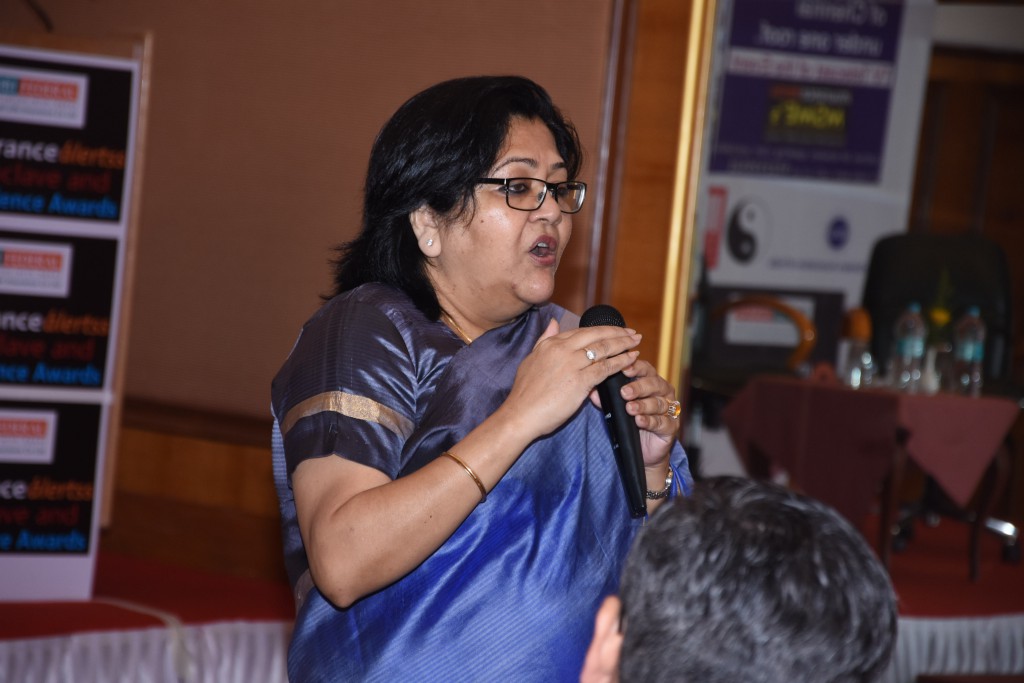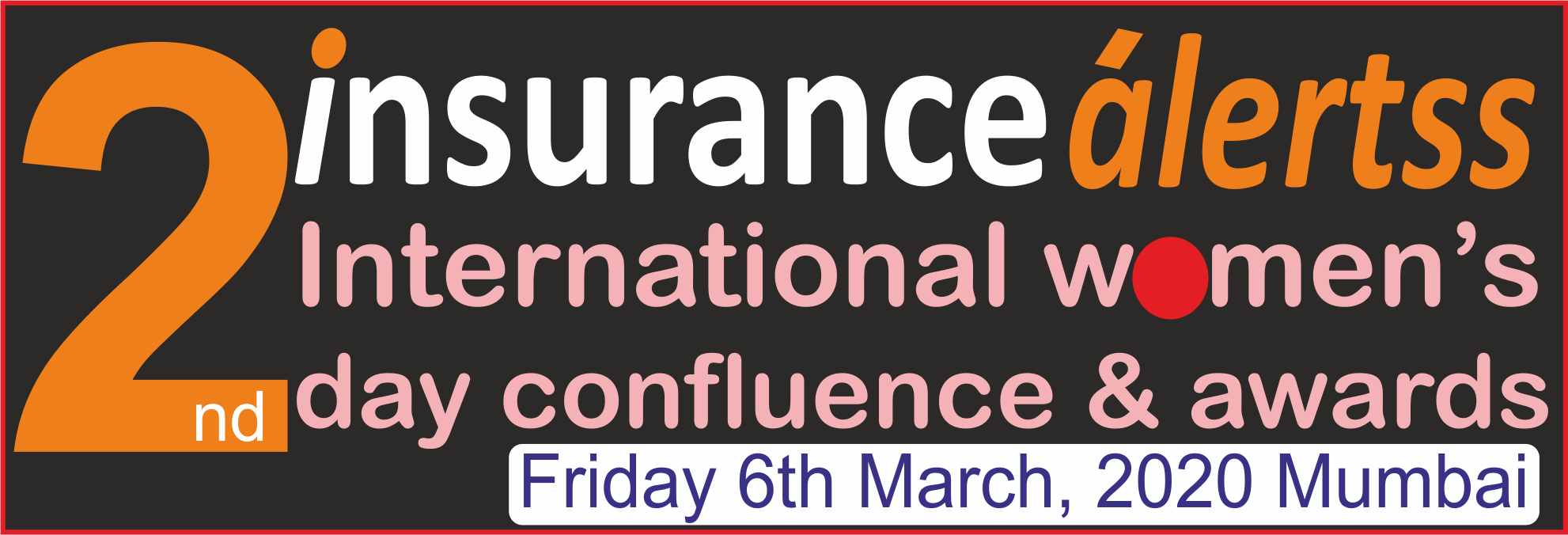 22-11-2019
22-11-2019
We are leveraging AI for quick claims settlement, says Anamika Roy Rashtrawar of IFFCO Tokio General Insurance


 Insurance Alertss
Insurance AlertssTechnology will play a key role in extending the reach of insurance products to the remotest parts of the country, says Anamika Roy Rashtrawar, Wholetime Director, IFFCO Tokio General Insurance. In an interview with Naveen Kumar of Money Today, Rashtrawar shares her views on recent developments in the general insurance space and company's future plans that will have significant impact on customer experience.
Money Today: Do you think technology will play a bigger role in driving insurance penetration in India, considering the affordable data plans and the growing number of smartphone users?
Anamika Roy Rashtrawar: Yes, indeed. Technology has been a key driver to promote insurance products in recent times. Going forward, as more and more customers, especially from Tier-IV towns and rural India, get access to the internet through high-speed networks, technology will help extend the reach of insurance products even to the remotest parts of the country. Increasing use of smartphones will further facilitate the purchase of insurance products online and in servicing claims.
What has been the role of digitalisation in your organisation so far?
Rashtrawar: Our focus has always been the customer. So, everything we have been doing, both in terms of helping the customer buy a policy and servicing claims, digitalisation has played a key role in simplifying the processes and operations. We have developed user-friendly mobile apps to reduce the turnaround time for every request that comes through. Now, the policyholders can even download their policy documents, apply for claims and track the claims status with a few clicks.
Technology, as you said, has been key to increase the insurance penetration in India. How do you propose to innovate further with technology as the central theme?
Rashtrawar: We have leveraged artificial intelligence, or AI, for quick settlement of auto insurance claims for individual car owners. Now, we plan to extend AI to cover all car models and two-wheelers. That apart, going forward, AI and data analytics could be the backbone of our tech infrastructure, which will allow us to detect and prevent fraud, especially in the areas of motor and health insurance.
We have already introduced RPA (robotic process automation) for motor insurance claims surveyors. We intend to automate various other processes, which are repetitive in nature, to build efficiency in servicing our clients.
We also plan to adopt customer Contact Centre Management and automate the call centre functionalities by integrating the backend systems directly with the IVR (Interactive Voice Response) system.
How much do the digital-only channels contribute to your overall business? What has been the growth trend?
Rashtrawar: In the first-half of this financial year ended September 30, 9 per cent of the total policies were bought digitally, on the back of 133 per cent year-on-year growth. Motor and health insurance products have been the key drivers of our digital business. For other products, customers prefer traditional modes of distribution.
What has been the impact of the demand slowdown in auto sales on the motor insurance sector?
Rashtrawar: The auto industry has been going through a tough phase with most automobile manufactures witnessing a fall in sales. This has had a domino effect on the motor insurance sector, considering that premium for new cars makes up for a significant portion of the business.
There has been a lot of noise around a usage-based pricing mechanism, or pay-as-you-use insurance products, for the motor insurance category. Will the rise in digital penetration in India make it a reality in the near future?
Rashtrawar: Yes, the concept of pay-as-you-drive, which is prevalent in the Western world, can become a reality for Indian consumers as well. But, it may have to be tweaked according to the Indian conditions, wherein premium rates will vary based on various parameters, including the driving behaviour of the customer.
Technology will allow insurers to have a more accurate view of how one drives, and it will help lower the premium for policyholders who are responsible drivers with a safety-first approach. On the other hand, policyholders with high risks can be charged a higher premium based on their actual driving experience.
Is lower premium still the dominant influencing factor in the buying decision of a customer, or is he/her willing to pay a premium for value-added services, including for a hassle-free claims settlement process?
Rashtrawar: Customers are now willing to pay a premium for value-added services. Their decision is no longer solely driven by premium rates. Some value-added services go beyond the insurance coverage, offering a host of services beyond the typical health or motor insurance policy--for instance, we provide roadside assistance and compensation for medical expenses of the vehicle's occupants in case of an accidental injury.

Source : Money Today